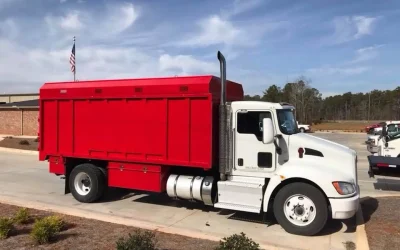Until relatively recently, it was not easy to keep things cold in the lower lying parts of California. A chilled beer, ice cubes in a drink and long term storage of perishable foodstuffs were all luxuries. Refrigeration as we know it today simply did not exist.
Before refrigerators, cold was basically acquired by collecting and storing naturally occurring ice and snow – no easy task in coastal California. 1834 saw the first cold breakthrough with the production of so called “dry ice” which is carbon dioxide in its (cold) solid state form. Items could be placed in an insulated container of dry ice which would keep them at temperatures below freezing for quite some time. One Thomas B. Slate applied for a patent in 1924 to sell dry ice commercially in the USA.
Dry ice is simply cold (below minus 109.3 °F); it does not of itself create coldness. Mechanical ways of creating cold were also being developed in the 1920’s and the Frigidaire company introduced the first commercial, domestic refrigerator in 1923.
Refrigeration Compressors and Coils
Most refrigerating (and for that matter, mechanical cooling) devices use something called vapor compression principles to lower the temperature. Cold is an absence of heat and heat is a form of energy. Physical laws dictate that energy can be neither created nor destroyed but all energy can be converted or modified. There is an unchangeable relationship between pressure, volume and temperature that are known as the “Gas Laws” and linking this with the phenomenon known as “latent heat” enables us to use compressors and coils to exchange heat between fluids so as to extract heat from one while raising temperature in the other. Refrigeration Compressors and Coils In California and anywhere else are the driving power behind most of the world’s refrigeration systems.
Whether we are looking at a machine that produces large quantities of ice cubes, a domestic refrigerator or a cold storage warehouse (even the basic domestic or auto air conditioning units) they usually incorporate Refrigeration Compressors and Coils For California in their design and manufacture. Obviously, the power of the compressor and the heat exchange properties of the coils have to be adjusted to suit the function of the refrigeration unit. A small wine bottle chiller/storage unit requires much less refrigeration than (say) the walk in cold room at a commercial abattoir. There are specialist refrigeration companies that will custom design systems for maintaining the correct coldness anywhere in California.
Turn Key Systems, Inc design and construct and install walk in, industrial and commercial refrigeration plants and they are the experts at providing the best and most efficient Refrigeration Compressors and Coils For California.



